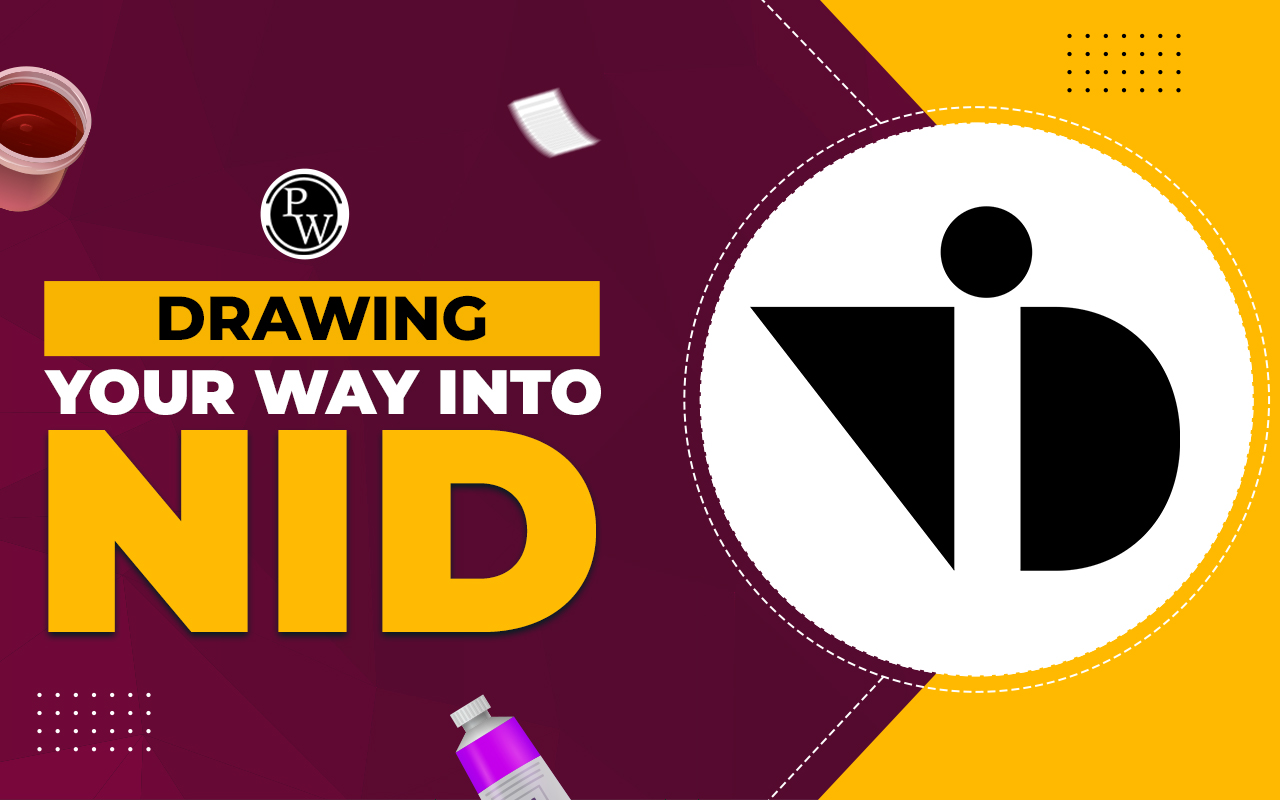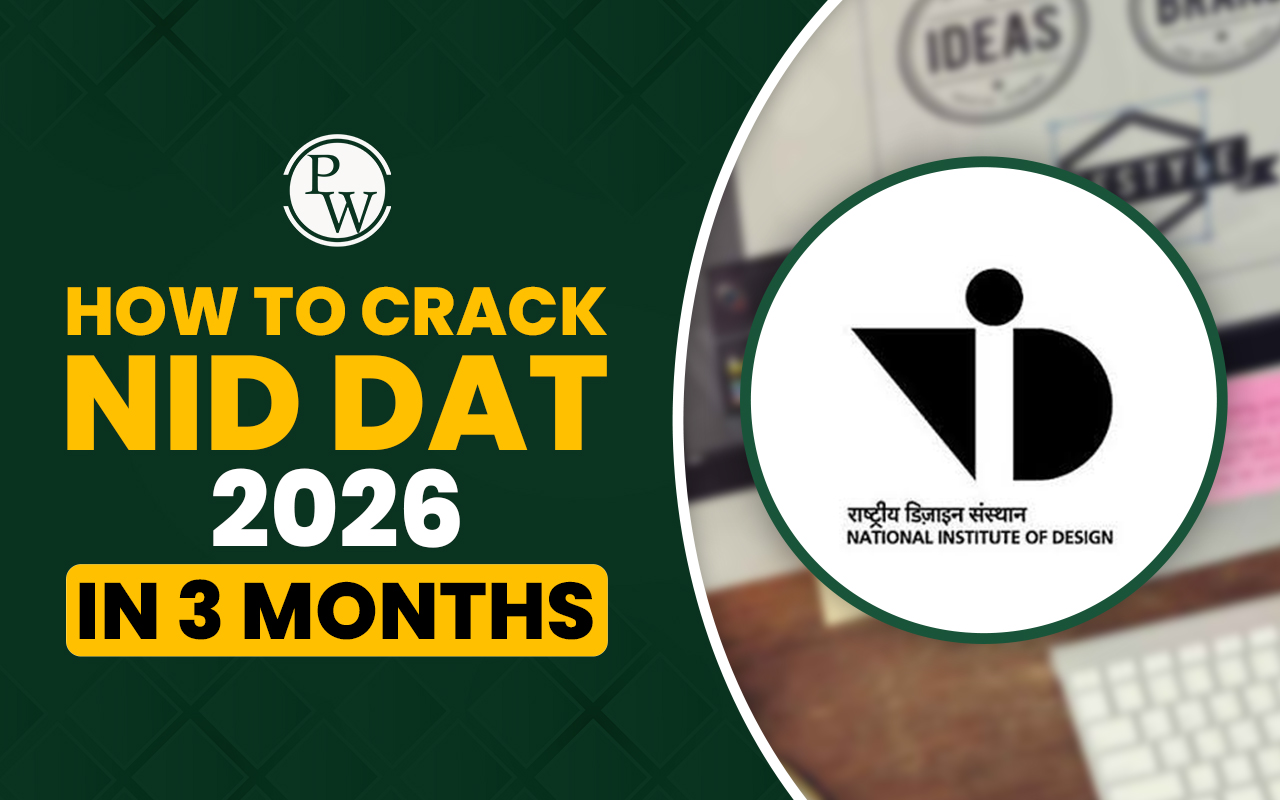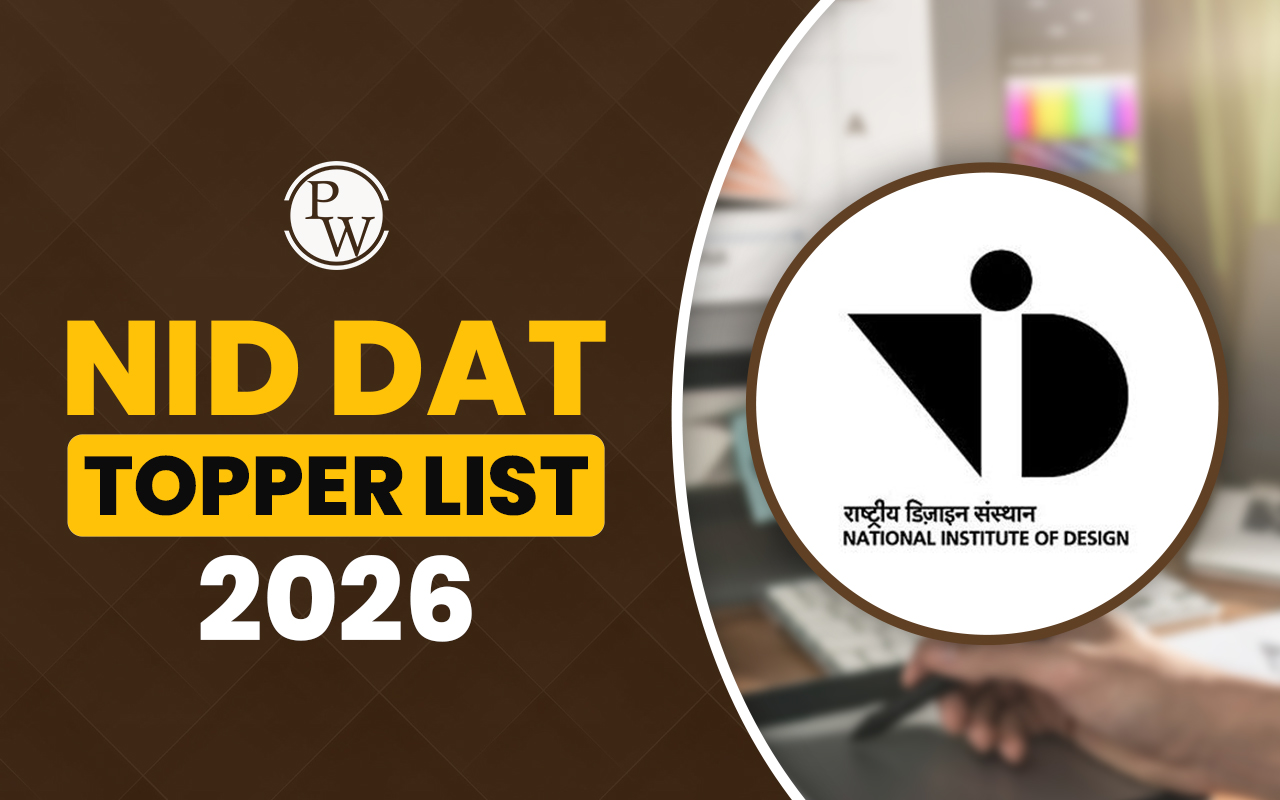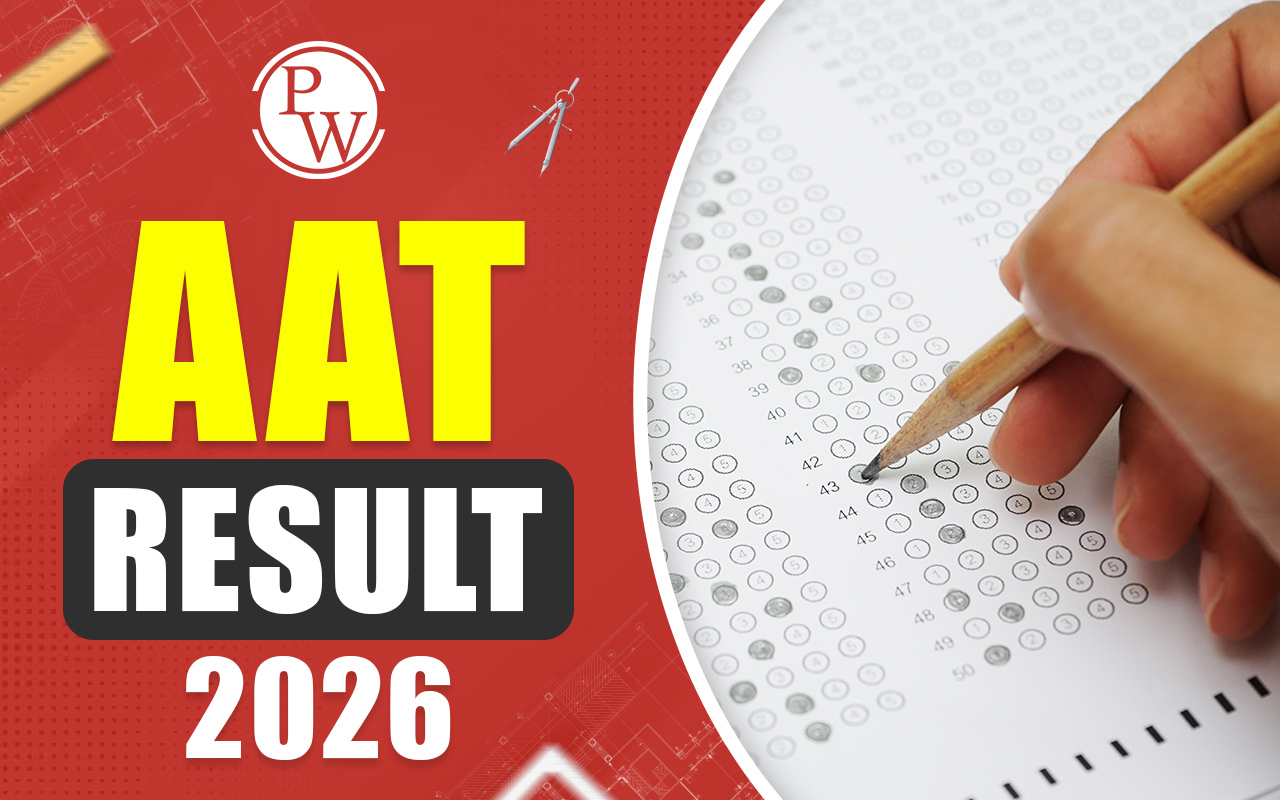

Drawing your way into NID: Every year, numerous students enroll and participate in the National Institute of Design's (NID) Design Aptitude Test (DAT) with the aim of securing a position in the institute's prestigious B.Des and M.Des programs.
The NID DAT examination is a three-hour written assessment designed to assess candidates' comprehension and application of shapes and colors, analytical reasoning abilities, grasp of scale and proportion concepts, perspectives on everyday phenomena, as well as their creativity and ability to express themselves on paper. It's worth noting that NID doesn't seek solely artists through its entrance examination, but individuals with keen minds and a sharp eye for detail. Therefore, let's explore strategies to enhance your drawing skills for your NID 2025 preparation.NID Drawing Question Paper Pattern
| Exam Section | Question Type | Number of Questions | Marks |
| Part I | Objective Type | 22 | 20 |
| Part II | Subjective Type | 4 | 80 |
| Total | 26 | 100 |
Tips to Improve Drawing Skills for NID 2025
The NID DAT examination is fiercely competitive, demanding a fusion of creativity, technique, and adept time management skills. Proficiency in drawing can significantly influence your NID results, with this section posing a notable challenge for many candidates. However, mastering sketching for the NID exam can be facilitated with effective strategies. Let's delve into some tips specifically tailored for NID DAT drawing:Understanding the Fundamentals of Drawing
Just as a sturdy foundation is crucial for building a house, proficiency in art relies on grasping the fundamental principles and elements of drawing. No guide to enhancing drawing skills for NID preparation would be complete without emphasizing the significance of line, shape, form, and texture:- Line: The fundamental element that delineates boundaries and shapes, varying in width, direction, and length.
- Shape: Two-dimensional enclosed areas formed when lines intersect.
- Form: Imparts depth to shapes, transforming them into three-dimensional entities (e.g., a circle transforming into a sphere).
- Texture: Enhances depth and interest by portraying the surface quality of an object.
Sharpen Your Observational Skills
- NID evaluates your capacity to perceive situations from the user's perspective. Enhancing your observational prowess can elevate your design acumen. Move beyond passive observation and train your eyes to discern shapes, proportions, and nuances of light and shadow.
- Rendering what you see, rather than your interpretation, hones your ability to capture details and likeness accurately.
- Carrying a sketchbook to capture quick studies of your surroundings during daily routines fosters observational skills, facilitating practice.
Experiment with Various Mediums
Exploring diverse techniques and mediums while drawing pushes you beyond your comfort zone. Consider the merits and demerits of different mediums such as pencil, charcoal, and ink:-
Pencil:
- Pros: Easily erasable and versatile.
- Cons: Limited to grayscale.
-
Charcoal:
- Pros: Rich blacks, ideal for shading.
- Cons: Messy, prone to smudging.
-
Ink:
- Pros: Bold and defining.
- Cons: Permanent, offering no room for error.
Master Perspective
Mastery of perspective and proportions is indispensable for creating lifelike depth. Three types of perspective govern drawing:- One-point: All lines converge to a single point on the horizon, apt for frontal views.
- Two-point: Utilizes two vanishing points, typically for capturing corner views.
- Three-point: Incorporates a third vanishing point above or below, introducing height variations.
Study Light and Shadow
- Comprehending light and shadow is fundamental for honing drawing skills.
- The light source, its direction, and intensity dictate shadow formation and object illumination. Observing these nuances elucidates how light influences shadow creation, facilitating integration into drawings.
- Examining light and shadows elucidates the impact of harsh versus soft light on object sharpness and shadow rendering.
Sketch Diverse Subjects
- Embrace imagination! While real-life inspiration is common, nurturing creativity is pivotal for honing drawing prowess.
- Challenging yourself to sketch unfamiliar subjects from imagination fosters versatility and skill expansion. Prioritizing storytelling over mere depiction encourages boundless creativity.
- Exploring varied subjects fosters familiarity with diverse drawing techniques, perspectives, and concepts.
Balancing Skills
- Don't fret over subpar sketching abilities. NID seeks a diverse skill set.
- Exceptional DAT scores don't always correlate with flawless sketching; instead, they often stem from unconventional ideation.
- Don't fixate solely on NID DAT drawing preparation; focus on articulating your ideas through sketches effectively.
Unleash Your Creativity
- Prepare for unforeseen questions demanding exceptional creativity.
- Expect challenges that test your sketching prowess, necessitating innovative solutions. Embrace creativity to tackle these scenarios effectively.
Cultivate a Personal Style
- While mastering drawing fundamentals, cultivate and experiment with your artistic style.
- Successful NID candidates often possess distinctive sketching styles. Diverge from imitating renowned designers; instead, experiment with shading techniques using pencils and dynamic strokes to imbue designs with vibrancy. Engage in varied techniques through practice sessions with NID drawing questions.
Effective Time Management
- NID exams often impose time constraints, challenging candidates to complete tasks promptly.
- Initiate a structured study plan for NID preparation. Practice timed sketches to refine speed and accuracy.
- Exercise discretion before sketching; prioritize clarity over complexity. A coherent response, even if straightforward, surpasses an incomplete one.
Importance of Tips to Improve Drawing Skills for NID 2025
Intense Competition: NID attracts thousands vying for limited spots. These strategies distinguish you and enhance your prospects of admission.
Foundation Strengthening: Drawing serves as the cornerstone of design. These guidelines aid in establishing a robust groundwork, facilitating subsequent design studies with greater ease and efficacy.
Clarity in Expression: Proficient drawing skills enable the transformation of ideas into lucid visuals, a quality highly valued by NID.
Confidence Enhancement: Enhanced drawing proficiency fosters greater confidence in tackling the NID exam and showcasing your artistic aptitude.
Preparation Advancement : These recommendations provide a structured approach, ensuring thorough readiness and concentration, thereby optimizing your preparation efforts.
NID Drawing Test 2025 Study Materials
Merely relying on drawing improvement tips for NID preparation won't suffice. It's imperative to complement these tips with study materials. Given that NID DAT drawing questions lack a specific syllabus, we've curated a selection of recommended books and test papers to aid in familiarizing yourself with the anticipated NID Drawing Questions 2025:- "Rendering in Pen and Ink" by Robert W. Gill
- "Basic Rendering" by Robert W. Gill
- "Design Drawing" by Francis D.K. Ching
- NID Entrance Exam Sample Question Papers
- "Arihant's Ultimate Guide for NIFT/NID/IIFT Entrance Exam" by Arihant Publications
Drawing your way into NID FAQs
What is the format of the NID 2025 exam?
How important are drawing skills for NID admissions?
What are some recommended resources for improving drawing skills for NID?
What strategies can help in mastering drawing for the NID exam?
How can drawing skills benefit beyond the NID exam?












